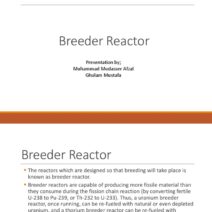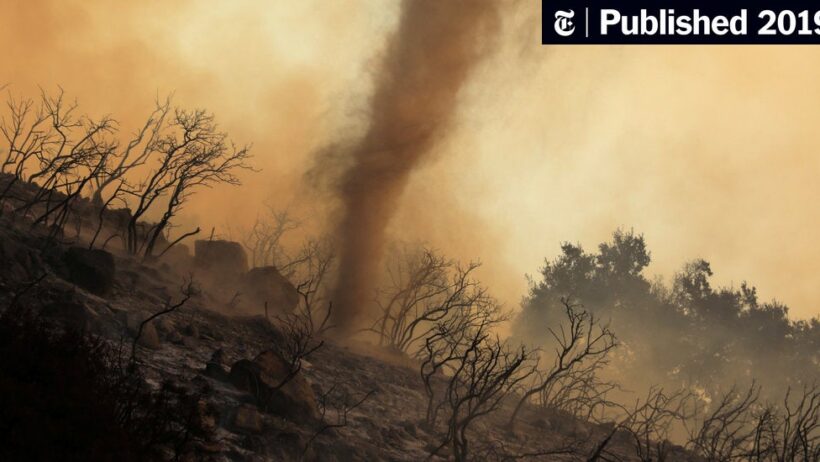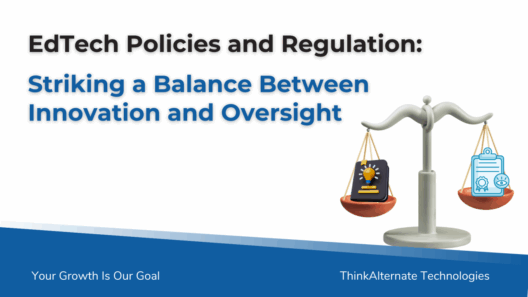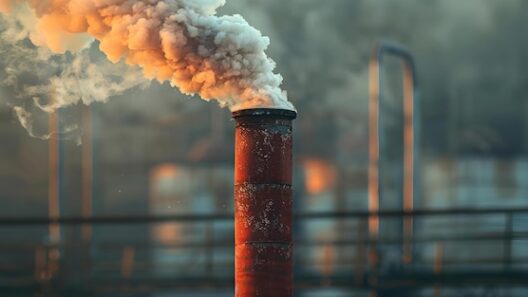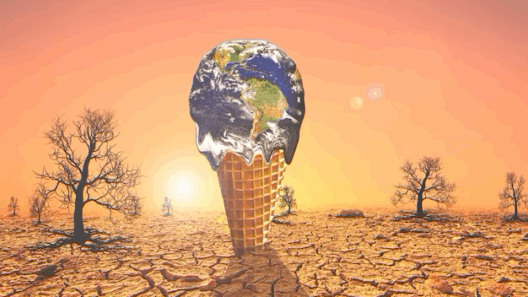The phenomenon of global warming has become a ubiquitous topic, triggering robust discussions across various sectors. Central to this discourse is a pressing question: Does the atmosphere become more unstable as global warming accelerates? This investigation delves into the interplay between rising global temperatures and atmospheric stability, illuminating the intricate dynamics at play.
To begin with, it is essential to unravel the concept of atmospheric stability. Atmospheric stability refers to the resistance of the atmosphere to vertical motion. A stable atmosphere tends to inhibit air from rising and creates a calmer environment, while an unstable atmosphere fosters significant convection, leading to turbulent weather, storms, and other violent atmospheric phenomena.
As global temperatures rise, there is a discernible impact on atmospheric dynamics. One of the most critical factors is the increase in the concentration of greenhouse gases, primarily carbon dioxide (CO2). These gases trap heat in the atmosphere, leading to a phenomenon known as the greenhouse effect. As warmer air ascends, it cools and loses moisture, thus promoting instability in various weather systems. This instability can lead to more extreme weather events, such as hurricanes, thunderstorms, and torrential rainfall.
Climate models predict that as the world warms, there will be an increase in the frequency and intensity of heatwaves and precipitation. The Intergovernmental Panel on Climate Change (IPCC) argues that this uptick is beyond merely coincidental; it reflects a systemic alteration in atmospheric behavior resulting from anthropogenic factors. In regions that are already susceptible to extreme weather, the implications can be catastrophic, including heightened flooding, soil erosion, and an increased risk of landslides.
Furthermore, the warming of the oceans plays a pivotal role in this narrative. Climate change has led to unprecedented ocean temperature increases. Warm waters provide additional energy for tropical storms and hurricanes, enabling them to grow more powerful than historically observed. This is particularly alarming as the manifestation of such disturbances necessitates an overhaul of current disaster preparedness protocols and urban infrastructure resilience strategies.
Moreover, the atmospheric circulation patterns themselves are evolving. For example, the jet streams—powerful air currents in the upper atmosphere—are influenced by differential warming in the Arctic. As the polar regions heat up, these jet streams become more erratic and can lead to prolonged periods of weather that is uncharacteristic for certain regions. This phenomenon could mean longer dry spells in some areas while others experience excessive rainfall, thus endangering agriculture and food security globally.
In addition to localized weather changes, the broader climatic shifts yield profound social implications. Communities already grappling with poverty are often the most vulnerable to the erratic nature of these changing conditions. Economic disparities coupled with unstable climates can exacerbate issues of resource scarcity and geopolitical tensions. Countries dependent on agriculture for their economic viability may face crop failures, leading to hunger and conflict over dwindling resources. The implications of these unstable atmospheric conditions extend beyond the realm of environmental science, interweaving with human rights and social justice.
The psychological dimension of climate change should not be overlooked either. The increased frequency of atmospheric disturbances often correlates with rising anxiety among populations. ‘Climate anxiety’ is an emerging term that encapsulates the dread and worry individuals face as they confront an increasingly unstable climate narrative. The emotional toll of witnessing once-stable environments transform into chaotic weather patterns can lead to widespread distress, underscoring the multifaceted nature of this issue.
Another noteworthy consideration is the role of feedback mechanisms in the climate system. Positive feedback loops, such as the loss of Arctic sea ice, can accelerate warming and instability. Ice reflects sunlight, and as it melts, darker ocean water is revealed, which absorbs more heat. This amplifying cycle changes the albedo effect and contributes to further temperature increases, fostering an ever more volatile atmosphere.
Nevertheless, amid these daunting challenges, there are pathways forward. Mitigating the effects of climate change requires a multifaceted approach, encompassing technological innovation, sustainable practices, and comprehensive policy reforms. Transitioning to renewable energy sources, enhancing energy efficiency, and curtailing emissions from industry and transportation are imperative steps to stabilize global temperatures and, by extension, the atmosphere.
International cooperation is another cornerstone in confronting this global dilemma. Agreements like the Paris Accord represent collective acknowledgment of the urgency to address climate change. Within this framework, nations must commit to ambitious climate targets, share technologies, and aid in the adaptation of vulnerable communities worldwide. The call for climate action is not merely an environmental imperative; it is a moral obligation to safeguard the planet for future generations.
In conclusion, the question of whether the atmosphere becomes more unstable as global warming accelerates is interlaced with numerous variables spanning scientific, social, and psychological domains. While the evidence suggests a clear trend toward increased atmospheric instability associated with anthropogenic climate change, it is essential to recognize that the journey toward mitigation and adaptation is complex yet achievable. Through concerted global action, innovative solutions, and a collective commitment to fostering a sustainable future, it is possible to stabilize the atmosphere and create a more resilient world.
